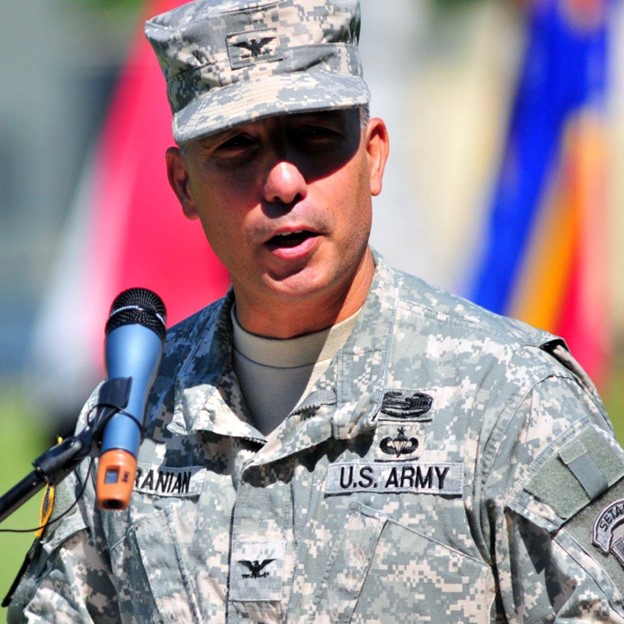The North Atlantic Treaty Organization or NATO is an alliance of 30 nations. It was chartered in 1949, says Stephen Maranian, with 12 original members for the purpose of providing for the collective defense of nations in the North Atlantic region. The independent member states of NATO agree to defend each other against attacks by third parties.
During the Cold War, NATO operated as a balance to the threat posed by the Soviet Union. Since its inception, NATO has expanded eight times. Since the dissolution of the Warsaw Pact in the early 1990s, NATO has grown to its current posture of 30 members, a number that is likely to grow to 32 with the pending addition of Sweden and Finland.
Major General Maranian Defines Interoperability
NATO defines “interoperability” as the ability of Allies to act together coherently, effectively, and efficiently to achieve tactical, operational, and strategic objectives. It is what allows organizations from different countries to operate together despite possessing different equipment. Interoperability allows NATO members to communicate and share common doctrines and procedures.
Ultimately, interoperability reduces duplication, enables the pooling of resources, and produces synergies among all Allies, and, whenever possible, with partner countries.
Major General Maranian Describes the Elements of Interoperability
Traditionally, NATO has considered interoperability across three dimensions – technical, procedural, and human. Recently, though, it has begun to look at interoperability through a cross-cutting fourth lens – information.
Technical Interoperability includes equipment, ammunition, systems, and other hardware. For example, within the Field Artillery forces of most NATO Allies, one can find howitzers that are of the 155mm caliber. This allows nations to share ammunition, have common firing tables, and assists in the ability to provide common logistics. Technical Interoperability, at its best, says Stephen Maranian, involves the interchangeability of equipment. This exists when forces from different nations possess the same equipment.
Procedural Interoperability includes both doctrine and standardized processes to perform tasks. To accomplish this, NATO has developed Standardization Agreements or STANAGs that specify the agreement of member countries to implement a standard.
An example of procedural interoperability is the Artillery System Cooperative Activities or ASCA. This system enables the artillery formations of different NATO nations to share information using common formats to allow observers from one country to request fire and have it delivered quickly and efficiently by another.
The final element of Human Interoperability is more than just training, terminology, and common language – NATO has two official languages: English and French. It also involves building relationships and trust through partnered training events and exercises. The importance of personal relationships developed at senior levels of the armed forces of NATO Allies cannot be overstated. Throughout my career, I continue to cross paths and work together with officers I have served with, trained with, and attended school with in the past.
If NATO is to effectively deter potential adversaries and if deterrence fails to fight and win decisively on the modern battlefield, says Major General Stephen Maranian, it must be adept and well-practiced at all elements of interoperability.




